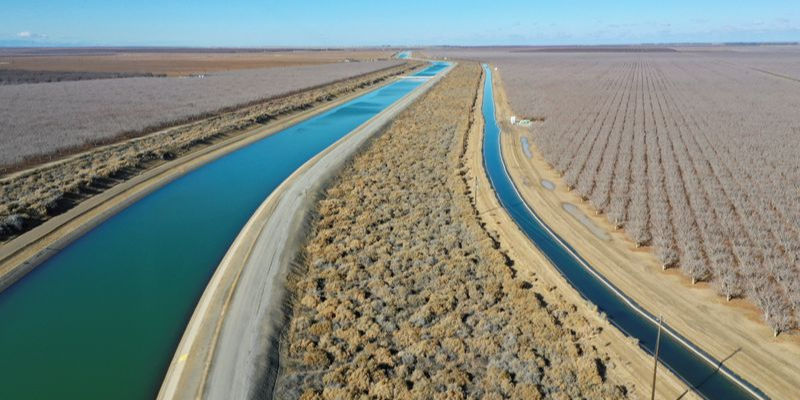Carbon Credits, Compost & Compliance: The Politics of Soil Health in 2025
- by Kylie Dow

- Apr 16
- 2 min read

In 2025, the state’s aggressive climate agenda is rewriting the rules of farming. With legislation targeting carbon sequestration, nitrogen runoff, and groundwater contamination, soil health has become a policy tool—and growers are caught in the middle.
The Healthy Soils Program provides grants to growers to implement healthy soils practices, such as compost application, cover cropping, and hedgerows for three years. Since its inception in 2017, HSP has awarded more than 1,500 grants totaling over $160 million to California farmers and ranchers according to CDFA program data as of March 2024. But these incentives come bundled with paperwork, audits, and environmental benchmarks that require a new level of strategy and scrutiny.
Soil as a Carbon Asset
California’s carbon credit push has made soil a tradable commodity. Through practices like compost application, reduced nitrogen use, and carbon farming, growers can now bank carbon credits on paper, at least.
But the message is clear: growers must now prove they’re part of the climate solution. This means adopting new practices while staying compliant with overlapping mandates from the CDFA, CARB, and local groundwater agencies. Even the California Air Resources Board (CARB) has floated proposals to tie ag emissions to market-based carbon caps, hinting that the pressure is only going to intensify.
Fertility Limits Meet Food Production
Nowhere is the political tension clearer than with nitrogen. As regulators target nitrate contamination in groundwater, growers in vulnerable regions face strict nitrogen budgets, enforced by both the Irrigated Lands Regulatory Program and the Sustainable Groundwater Management Act (SGMA).
This leaves less room for error, and even less for traditional blanket applications. Companies like Penny Newman are pivoting to low-salt, high-efficiency blends that meet yield demands while staying under the radar of nitrogen restrictions—proof that innovation is happening under pressure.
If It’s Not Tracked, It Didn’t Happen
In a world of policy-driven agriculture, documentation has become just as important as the practice itself. Regulators want receipts: who sprayed what, when, how much, and why.
Digital platforms like AgCode are becoming essential—not just for efficiency, but for survival. Growers are now expected to produce real-time logs, nutrient management data, and application reports that can hold up to audits and inspections. If it's not tracked, it didn’t happen.
Regulation Meets Reality
In theory, this regulatory wave is meant to push agriculture toward a greener, more resilient model. In practice, it’s forcing growers to do more with less—less nitrogen, less water, less margin for error.
Advisory firms like Agri-Valley Consulting are filling the gap, translating policy language into agronomic action. But even with support, the shift is significant. It's not just about growing crops anymore—it's about growing them under a microscope.
Turning Policy Pressure Into a Playbook
For California farmers, 2025 is a wake-up call. Soil health is no longer a best practice—it’s a political mandate. Whether it’s carbon credits, compost compliance, or fertility management, the growers who adapt fastest will be the ones who remain profitable and protected in a shifting regulatory landscape.
The Ag Center is here to connect growers with the people, products, and platforms that can help them stay ahead—not just in the field.
















